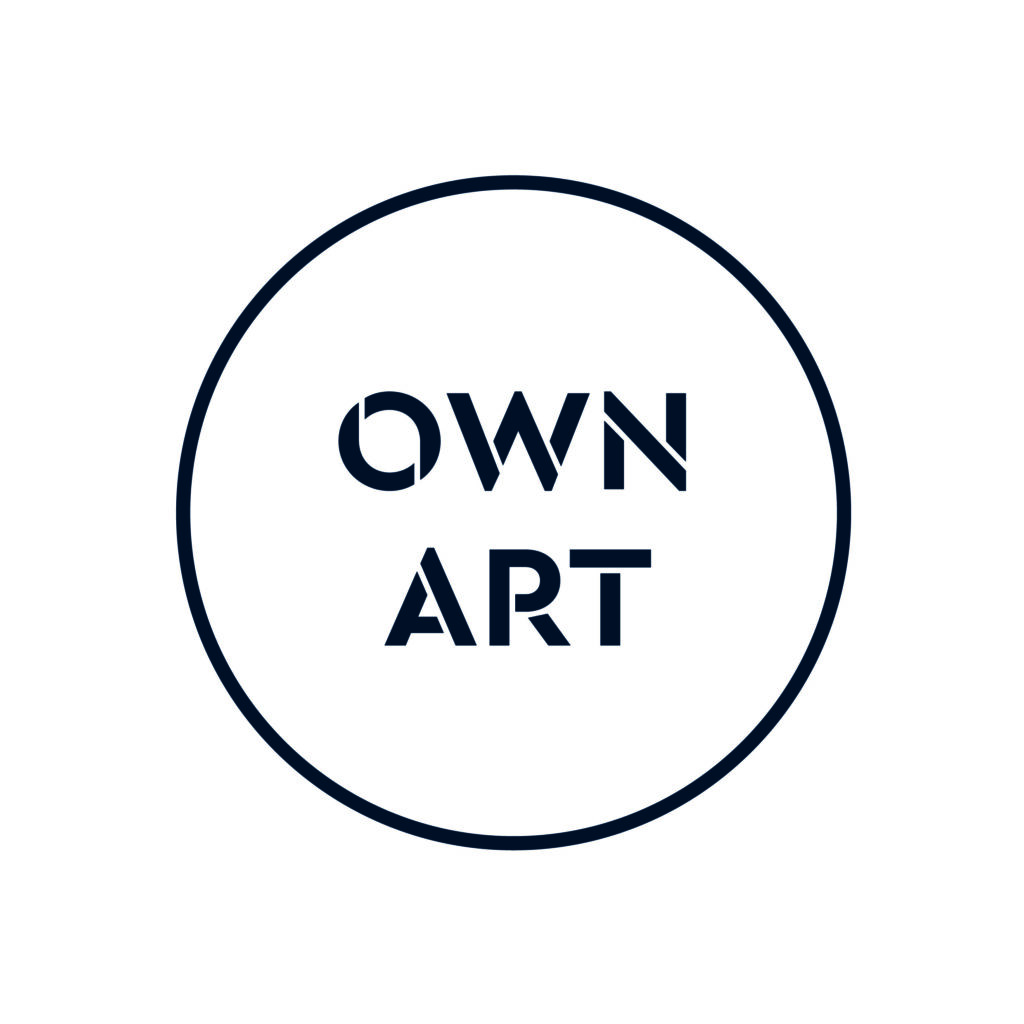John Piper was born in Epsom in 1903 and studied law before going on to study at Richmond School of Art, Kingston School of Art and the Royal College of Art. Piper is unquestionably one of the most versatile and important British artists of the twentieth century.
During Piper’s childhood, Epsom was still largely countryside. He went exploring on his bike, and drew and painted pictures of old churches and monuments on the way. He started making guide books complete with pictures and information at a young age.
John Piper attended Epsom College from 1919. He did not like the college but found refuge in art. When he left Epsom College in 1922, Piper published a book of poetry and wanted to study to become an artist. However, his father disagreed and insisted he join the family law firm, Piper, Smith & Piper in Westminster. Piper worked beside his father in London for three years, took articles but refused the offer of a partnership in the firm. This refusal cost Piper his inheritance but left him free to attend Richmond School of Art. At Richmond, the artist Raymond Coxon prepared him for the entrance exams for the Royal College of Art.
Piper disliked the regime at the Royal College of Art and left in December 1929. Piper and Holding lived in Hammersmith and held a joint exhibition of their artworks at Heal’s in London in 1931. Piper also wrote art and music reviews for several papers and magazines. One such review, of the artist Edward Wadsworth’s work, led to an invitation from Ben Nicholson for Piper to join the Seven and Five Society of modern artists. In the following years Piper was involved in a wide variety of projects in several different media. As well as abstract paintings, he produced collages, often with the English landscape or seaside as the subject. He drew a series on Welsh nonconformist chapels, produced articles on English typography and made arts programmes for the BBC. He experimented with placing constructions of dowelling rods over the surface of his canvases and with using mixtures of sand and paint. Piper’s first one-man show in May 1938 included abstract paintings, collage landscapes and more conventional landscapes. His second in March 1940 at the Leicester Galleries, featuring several pictures of derelict ruins, was a sell-out.
At the start of World War Two, Piper volunteered to work interpreting aerial reconnaissance photographs for the RAF but was persuaded by Sir Kenneth Clark to work as an official war artist for the War Artists’ Advisory Committee, which he did from 1940 to 1944 on short-term contracts. In November 1940 Piper persuaded the WAAC committee that he should be allowed to concentrate upon painting bombed churches. This may have reflected both his pre-war conversion to the Anglican faith as much as his previous interest in depicting derelict architectural ruins.
From 1950 Piper began working in stained glass in partnership with Patrick Reyntiens, whom he had met through John Betjeman. Their first completed commission, for the chapel at Oundle School, led to Basil Spence commissioning them to design the stained-glass Baptistry window for the new Coventry Cathedral.
Piper had made working visits to south Wales in both 1936 and 1939 and for several years, between 1943 and 1951, he would make an annual painting trip to Snowdonia. He did not paint in the Welsh mountains after 1951 but did visit, and paint in Aberaeron in 1954. Piper’s Snowdonia paintings and drawings were exhibited in New York in September 1947 and in May 1950, on both occasions at Curt Valentin’s Buchholz Gallery. The former show was Piper’s first large solo show in the United States. From 1946 until 1954, Piper served as a trustee of the Tate gallery. Throughout the 1960s and 1970s he would regularly spend time painting in Pembrokeshire.
John Piper Original Paintings
To Join our Mailing list and receive news of new work by John Piper
Please Click Here..
Back to Artists
Archive/Sold Paintings:








